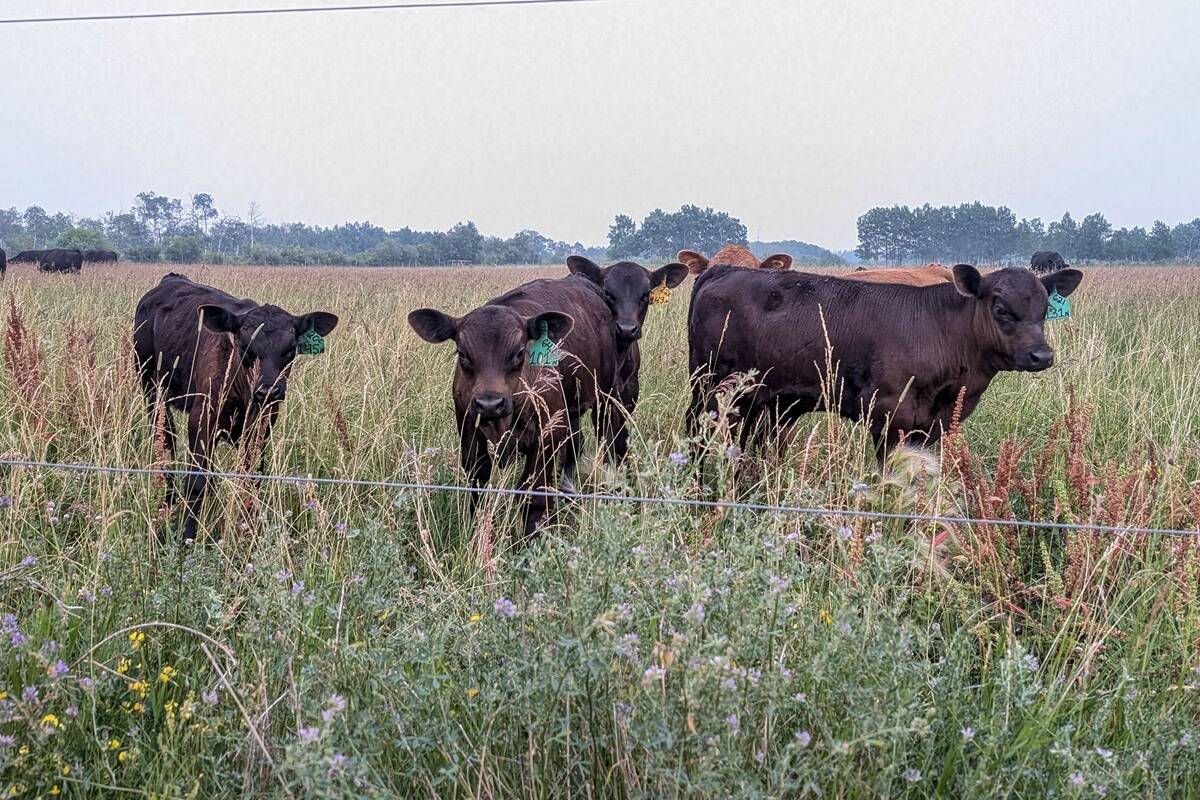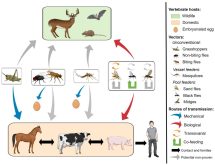A hog virus watched closely in North America for its strong family resemblance to foot-and-mouth disease (FMD) has turned up in hogs in Ontario.
Officials with hog industry body Ontario Pork reported Monday that senecavirus A, formerly called Seneca Valley virus or SVV, has been confirmed in the province. Neighbouring industry body Manitoba Pork said Tuesday that U.S. authorities have so far rejected at least eight truckloads of Ontario pigs showing signs of the disease.
According to the Canadian Pork Council, senecavirus isn’t considered a production-limiting or federally reportable disease in Canada, but its cases are cause for “increased awareness” because its symptoms resemble other diseases in the Picornaviridae family, such as FMD and swine vesicular disease virus (SVDV).
Read Also

‘Not a happy Trump supporter’: U.S. Cattle ranchers hit by push for lower beef prices
Much like the price of eggs during the Biden administration, the cost of beef has become an emblem of the affordability crisis in Donald Trump’s America. Beef prices hit record highs earlier this year as the cattle herd shrank and consumer demand remained strong.
Clinical signs linked to senecavirus A in pigs include blisters or erosions on a pig’s snout, mouth and/or feet where the hoof meets the skin. Unexplained lameness, “off-feed events” and diarrhea in piglets have also been reported before vesicles or erosions appear in infected groups of pigs.
The Canadian Food Inspection Agency is now testing all swine at federal processing plants where animals are “symptomatic” for senecavirus, Manitoba Pork said Tuesday. Plants can be shut down up to 72 hours during testing, which “immediately” stops the flow of hogs and shipping of pork products from that facility.
Customers of, and suppliers to, a hog slaughter plant being shut down for testing will be notified of “pending production and product delays/cancellations,” Manitoba Pork said.
If a herd shows any symptoms, Manitoba Pork said, a producer should stop any movements of pigs on and off the farm, contact the herd veterinarian and area CFIA office, and warn his or her hog transporters, packing plants and/or assembly yards if any loads left the farm in the 12- to 24-hour period before symptoms were detected.
Producers are urged to “immediately” report suspected cases to their veterinarians and CFIA, Ontario Pork said, to ensure “rapid rule-out” of the disease’s more “catastrophic” relatives such as FMD.
If cases are suspected, Ontario Pork warned, it’s also important that producers themselves not leave the premises until CFIA officials or veterinary help arrive.
Ontario Pork also called on producers to strengthen on-farm biosecurity protocols and make sure trucks, clothing, equipment, boots and other tools are “thoroughly” cleaned and disinfected before allowed onto farm premises.
Since it was first identified in 2002, senecavirus A has been reported in the U.S., Canada, Australia, Italy, New Zealand and Brazil. Its first documented case in Canadian hogs was in 2007, when a Canadian hog with a ruptured vesicle on its snout turned up at a Minnesota packing plant by way of Manitoba.
A pair of pigs from Manitoba also showed up at a U.S. packing plant in October last year with symptoms and tested positive for senecavirus, but testing of all source herds in Manitoba turned up negative.
CFIA, Ontario Pork said Tuesday, is running its foreign animal disease protocols when dealing with senecavirus A and testing animals that are showing symptoms, sending samples to Winnipeg’s National Centre for Foreign Animal Disease for testing. — AGCanada.com Network















